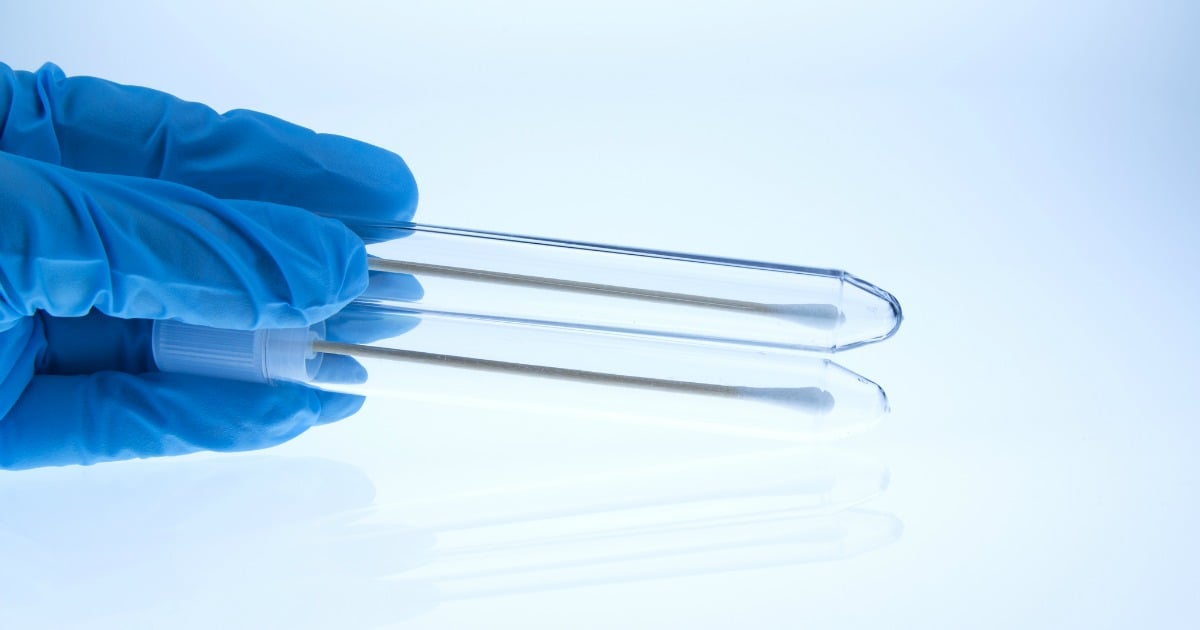Chances are you’ve caught wind this week of the ‘new pap smear test’, and the controversy surrounding it.
The new program was set to kick off on May 1, but was announced this week to be delayed until December 1 2017. Also haunting the new test is a barrage of online protest, directed at the Australian Government.
So what exactly is going on? And what do you need to know?
In April 2014, the Australian Government announced a new cervical cancer test would potentially be introduced.
This announcement went relatively unexplored until 2015, when the new federal budget announced major healthcare cuts, including that of pap smears. It was rumoured that women were now forced to pay $30 a pap smear – a fact that many deemed unfair.
Cast your mind back to November last year, and you might remember how more than a few people were up in arms about the #PapSmearCuts. In fact, there’s even a Change.org petition making the rounds protesting the changes.
Listen: Mia Freedman shares her most awkward pap smear story. (Post continues after audio.)
The protests around the new cervical cancer tests were about the new costs.
Previously, pap smears were free. But under the new system, patients are up for the cost of both the doctor’s visit, and the pathology fees.
“We demand pap smears and pathology services remain free of charge. These cuts are unfair to the average Australian, but will especially hurt women,” wrote the petition.
“Free and accessible pathology tests are key to ensuring early detection of cervical cancer, STI’s, UTIs and pregnancy. Late detection will lead to MORE cost to the taxpayer in the long run. These essential services are a backbone of our world class healthcare system.”




Top Comments
The delay in starting the program has a real potential to cause problems. The pathology companies have likely already made cytologist jobs redundant (not as many are needed to examine the Pap smears). So now when you have your test, it's going to take much longer to get your results.
PS. You need a medical editor :)
I have always paid for mine because I get the ThinPrep done. First two smear tests I did came back "inconclusive" the ThinPrep gave me a result first time so I do that now. I wouldn't be doing it every 5 years either, as much as it is uncomfortable I will be doing it every 2 still.
Will you pay for it? It will only be funded by the government once every 5 years.
I would pay for it like I have paid for the ThinPrep test. Paying for it every 2 years does not bother me.